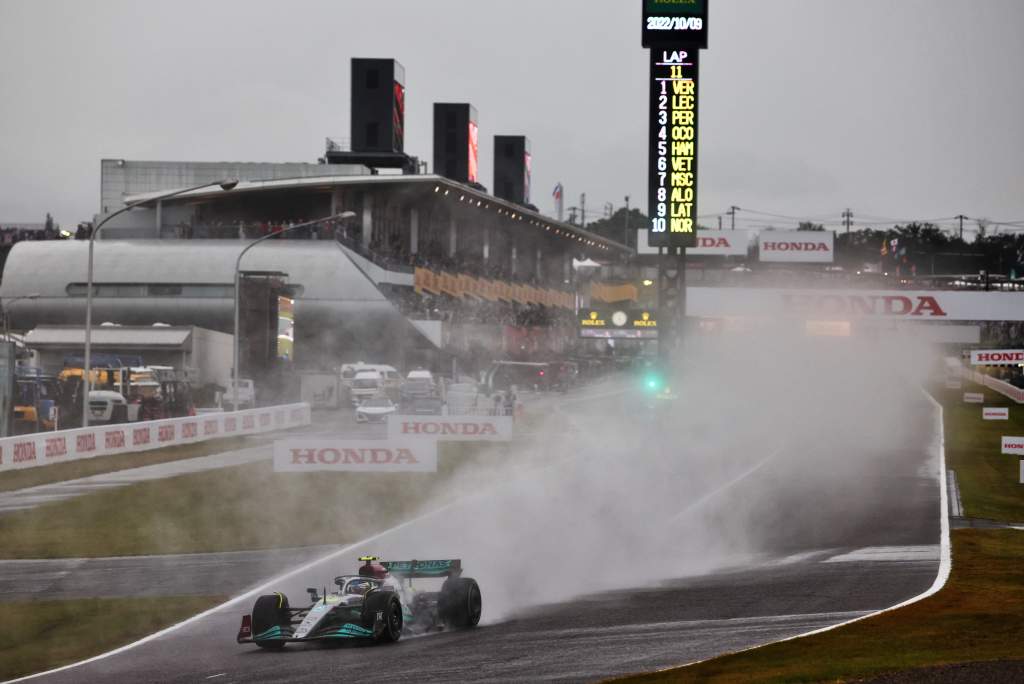Up Next

Mercedes will debut the final aerodynamic upgrade for its troubled 2022 Formula 1 car at next weekend’s United States Grand Prix in Austin.
Mercedes has brought a raft of upgrades through the season as part of its attempts to turn the W13 from a car that struggled to lead the midfield to one that can challenge Red Bull and Ferrari on a regular basis.
It has somewhat succeeded in that mission this season with major upgrade packages like the ones introduced at Barcelona and Silverstone that (mostly) solved the initial porpoising and bouncing woes and allowed it to fight for pole positions and race wins on some tracks although it has fallen short so far on both counts.
But inconsistencies from track to track remain with technical director Mike Elliott identifying a key “mistake” that was made in the development of the car that is still hurting its performance now.
This mistake, which Elliott hasn’t divulged the specifics of, cannot be fully remedied this year as the team only spotted it at the Azerbaijan GP after porpoising issues clouded it.
The team will debut the final aerodynamic upgrade of the season for the W13 in Austin.
“It’s our final step of aero development and that’ll hopefully give us a bit more performance, but importantly with every step we’re learning more and more and that learning we can carry into next year,” trackside engineering director Andrew Shovlin said.
“That’s part of it. Also, there’s a few bits where we have taken some weight out of components that will hopefully get the car closer to the weight limit.
“It’s very difficult for us to predict where we’re going to be. In Singapore Lewis was awfully close to pole position, yet in Suzuka, both cars had a big gap to the front.
“Now our race pace has been reasonably strong so if we can make a step hopefully we can get into the fight with the Ferraris and the Red Bulls.
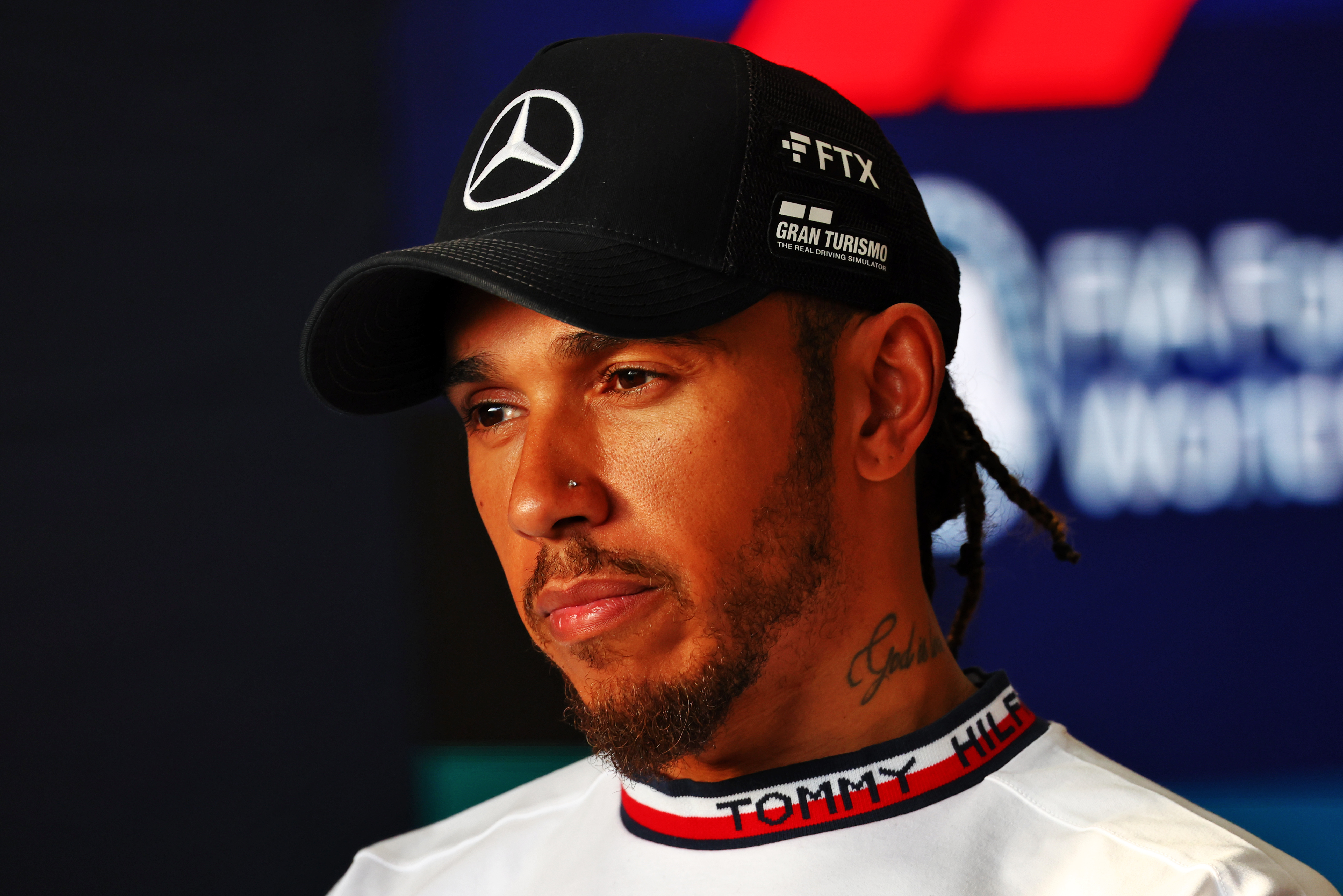
“But qualifying for us is the really difficult one to predict at the moment.
“But as I said, a lot of it is about learning and we’re certainly going to give it our best shot in the final four races.”
Shovlin believes Mercedes struggled at a bumpy Circuit of the Americas last season with tyre overheating issues – in particular on the softer tyres – contributing to Lewis Hamilton’s defeat to Max Verstappen and Red Bull after a close fight for the victory.
“They’ve done some resurfacing, so hopefully those issues with the bumps are a bit less,” Shovlin added. “But what’s very hard this year is to really know where are you going to be on a circuit before you’ve gone there.
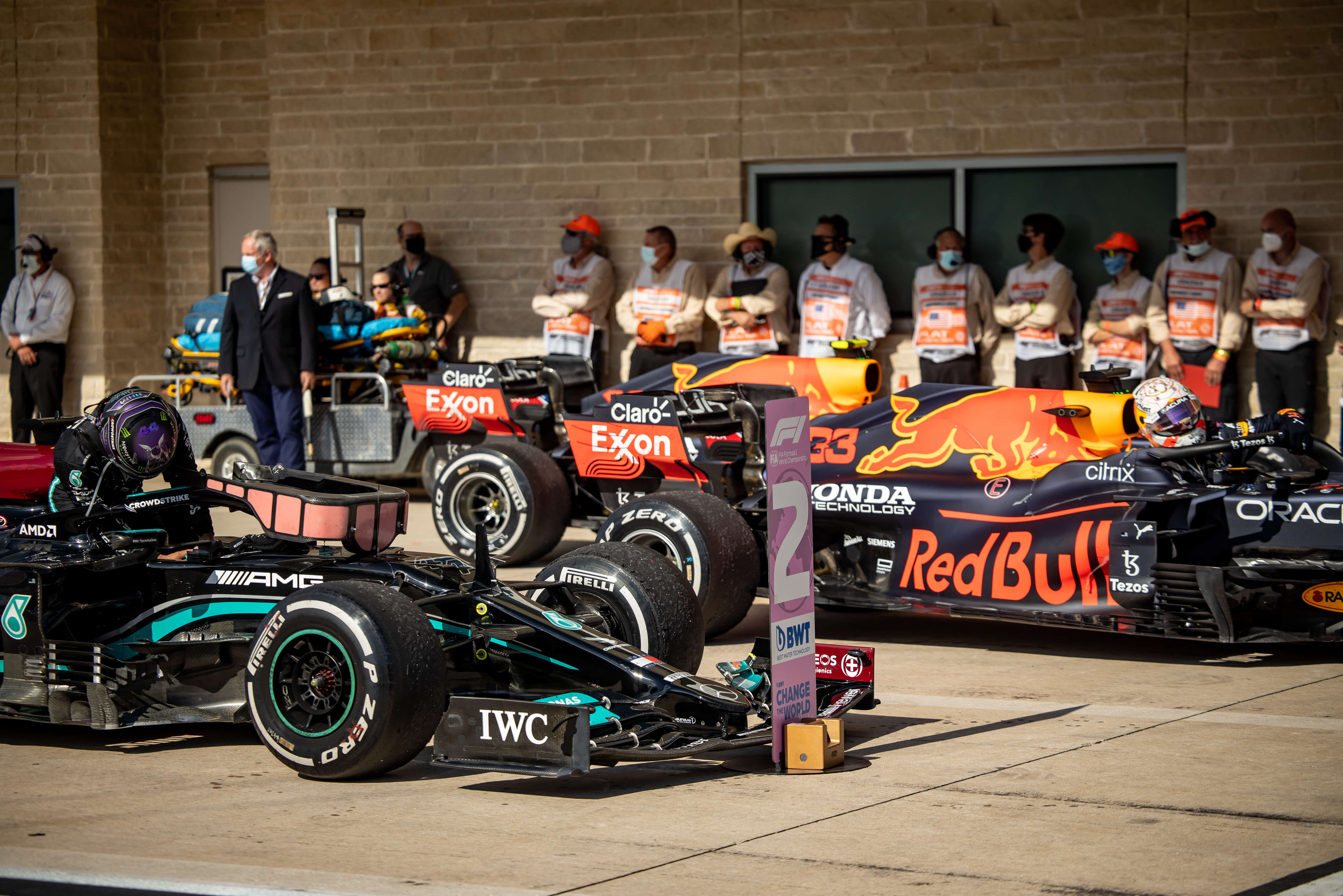
“A lot of it is about learning but we’re not going to make any predictions about how we’re going to perform. We just need to go there on Friday, see what kind of issues we have and see whether we can solve those with set-up.”
Mercedes explains top speed deficiency at Japanese GP
Shovlin admitted Mercedes made mistakes at the Japanese GP as Lewis Hamilton spent a frustrating Sunday afternoon stuck behind Esteban Ocon’s Alpine when the race restarted after a lengthy rain delay.
This left him fifth at the chequered flag while George Russell finished eighth after losing time when Mercedes double-stacked its drivers when it was time to change from the wet to intermediate tyres.
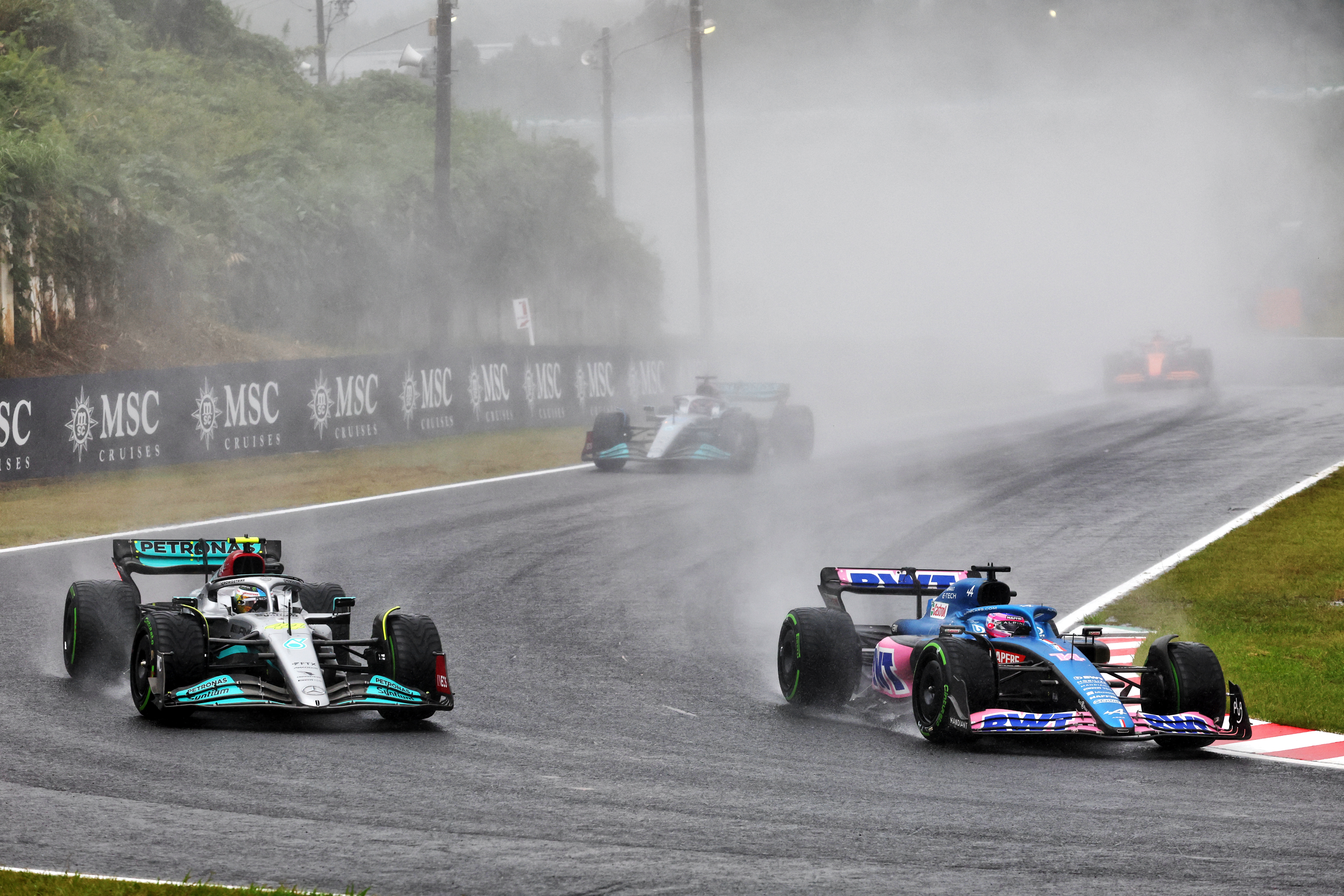
Mercedes agreed with Russell’s post-session claim that the decision was a mistake.
The team also accepted that it probably went the wrong way on its car set-up for the weekend.
Russell and Hamilton were at the bottom of the speed trap figures during qualifying, with the former some 16kph slower than the fastest in the speed trap (Nicholas Latifi in the Mercedes-powered Williams).
This led to Russell saying the circuit “exposed” the weaknesses of Mercedes’ car and Hamilton’s blunt post-race assessment of the straightline speed.
“I tried everything,” Hamilton said after the race of his attempts to overtake Ocon.
“Unfortunately we’re just incredibly slow this weekend. We were the slowest out of everyone, I think, on the straight. As soon as you pull out of the tow, I was just going nowhere.”
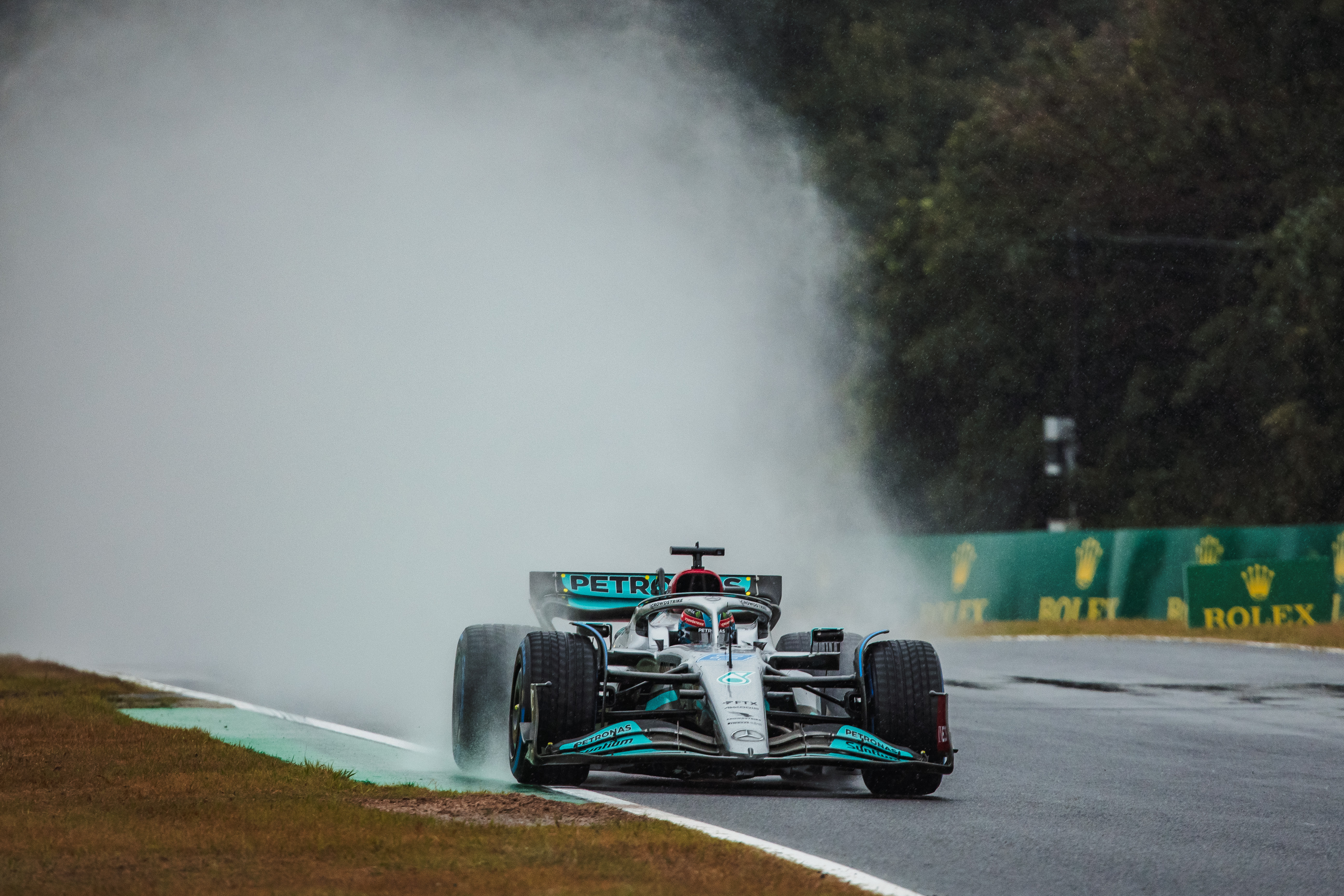
Shovlin explained how Mercedes opted for the “highest downforce level” as it banked on the race being wet.
“Part of that decision is that it was actually giving us our best lap times in the race condition where we were going to get high degradation in the dry,” Shovlin said.
“But we’d also seen this rain that was coming in on Sunday, and we felt that in a wet race that might be a benefit.
“Now, as it happened, the DRS was never enabled, which meant overtaking was very, very hard.
“Perhaps the right decision would have been to bias to a lower downforce setting, but fundamentally one of the things we need to improve on the car for next year is to get the car to have more downforce at the lower drag levels and then we can race those lighter wings and still be competitive in the corners.”


